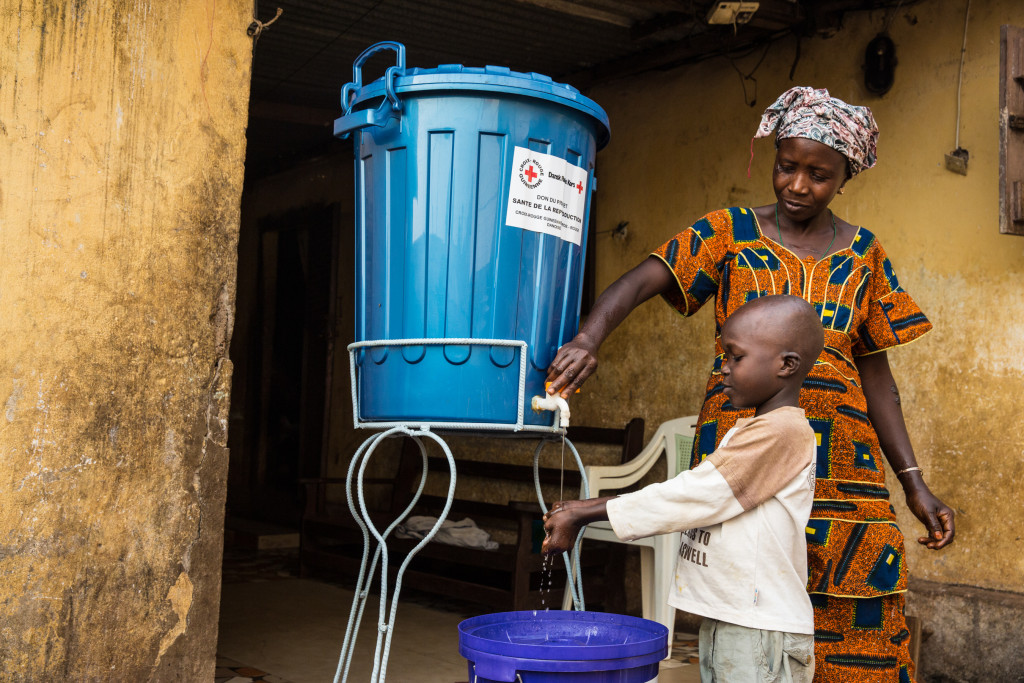Complacency
Key Considerations
When cases start to decline and countries and communities begin to celebrate these achievements, there is a real risk that people will begin to get complacent about reducing their risk to Ebola, and may start engaging in behaviors that put them at risk. It is important that messages reflect on the fact that even one case is too many, and that people need to continue to protect themselves from Ebola. As one person from Guinea put it, “Ebola, you know, is like a forest fire. You have got to get every single ember out because that one ember you forget can reignite the whole thing.”
This is also a good time to reflect on the good behaviors that people are doing to protect from Ebola—such as hand washing and sanitation —and these should be encouraged to continue, even when there are no cases.
Finally, it is important to not re-ignite the fear of Ebola—balance risk with steps of what to do to continue to prevent Ebola
Important people to involve in your communication efforts
Local champions, religious and community leaders, mass media, Ebola survivors, HWs, CHWs and volunteers, Ebola task forces, district health teams
|
Common Causes/ Contributing Factors |
Sample Message Response |
Sample Activities and Implementation |
|
Cases and deaths start to visibly decline, fatigue with living in a high-risk crisis situation, desire to return back to normal |
One person with Ebola is too many! We must continue to be careful until there is no Ebola.
All major outbreaks of Ebola have started with one person. As long as there is one person with Ebola, all of us must continue to be careful and protect ourselves, our families and our communities.
All of the difficult and new things we are doing—like hand washing, keeping a distance from sick people, calling for help, allowing safe burials of our loved ones, welcoming survivors—are working, but Ebola is still here.
Ebola is real. You can protect yourself, your family and your community.
Learn the signs and symptoms of Ebola.
Learn the different ways Ebola is spread.
Learn how Ebola is not spread. Learn how to protect yourself and your community.
What has been achieved for Ebola can also be useful for more common disease (hand washing, assuming that capacities for that will be sustain).
|
Radio call-in shows with HWs discussing what people can do to stay safe, even when there is only one case
Train HWs and CHWs on the messages to continue staying safe even when we have only one case
Promote “We must continue…” messages via a variety of media, including radio, hording boards, t-shirts, and community events
Incorporate messages about “continuing to stay safe” even as cases decline in discussion groups and community activities. Create discussion guides about complacency that show different scenarios—those who stayed safe and others who were complacent
Implement a “hero” campaign that celebrates people who continue to play it safe
Consider a campaign that compares one character that continues preventative measure with another who becomes complacent (maybe the latter gets a fever and fears it is Ebola)
Provide message guides to community leaders, HWs, HW volunteers, religious leaders and others, who can work together to promote continuing efforts to protect against Ebola
Develop sermon guides that promote continued efforts to protect against Ebola, using scripture or verses
|

